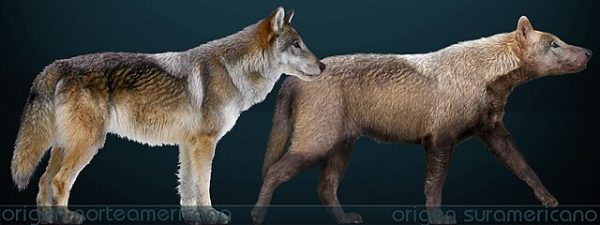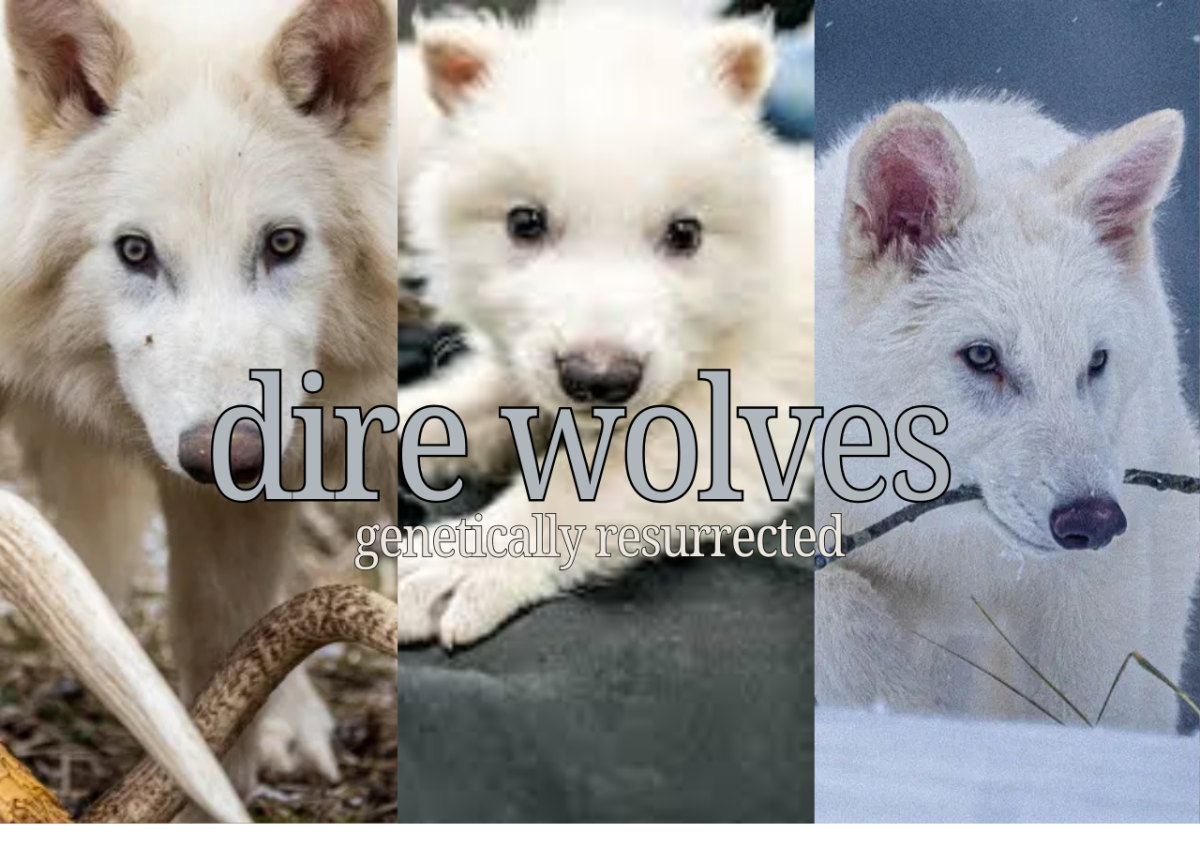For the first time in over 12,000 years, dire wolves might be making a comeback on Earth. Scientists from a biotech company called Colossal Biosciences believe that they’ve brought the species back to life. Earlier this month, the company announced the birth of three genetically modified wolf pups: Romulus, Remus, and Khaleesi. They were made using DNA from dire wolf fossils mixed with the genes of gray wolves.
The scientists edited 20 parts of the gray wolf’s DNA to make the pups have traits similar to dire wolves. These traits include larger bodies, stronger jaws, and thicker fur. These three are about 20 to 24 percent larger than regular wolf pups. Colossal claims that these changes make the animals close matches to the original dire wolves.
But not everyone agrees with what the company is saying. Some scientists don’t believe these pups are real dire wolves. They say that the genetic difference between dire wolves and gray wolves is too big for this to count as a true resurrection. Dire wolves and gray wolves haven’t shared a common ancestor for millions of years, which means that their DNA is drastically more different than what most people infer. Experts argue that changing just 20 genes isn’t enough to make a real dire wolf, it just makes a modified wolf look like one.
TikTok user @.angelvyq says, “Why are scientists so focused on bringing back extinct animals when we can’t even cure deafness, blindness, cancer, or [cystic fibrosis]?”
They added, “Scientists are playing around and bringing back animals no one asked for.”

With this, many people are growing concerned about the implications of this type of science. While de-extinction may initially sound exciting, some scientists say it could be a distraction from protecting animals that are still alive today. Many argue that time, money, and effort could be better spent protecting endangered animals that are already struggling to survive.
Instagram user @its_kristy777 says, “This is unnecessary and cruel.”
She continued, “They have no natural habitat. How about we use the research money to help humans and animals that are alive today?”
Colossal says its goal is to use this technology to repair damaged ecosystems and restore balance in nature. They believe that bringing back extinct animals can help the environment in the long run. But many people still have questions about what the real goal is. Right now, the dire wolf pups are living in a safe area where scientists can track their health and behavior.
Even though it’s unclear whether these pups can be considered true dire wolves, this project provokes questions about the future of science and the ethics of humans trying to resurrect the past through genetic modifications.








